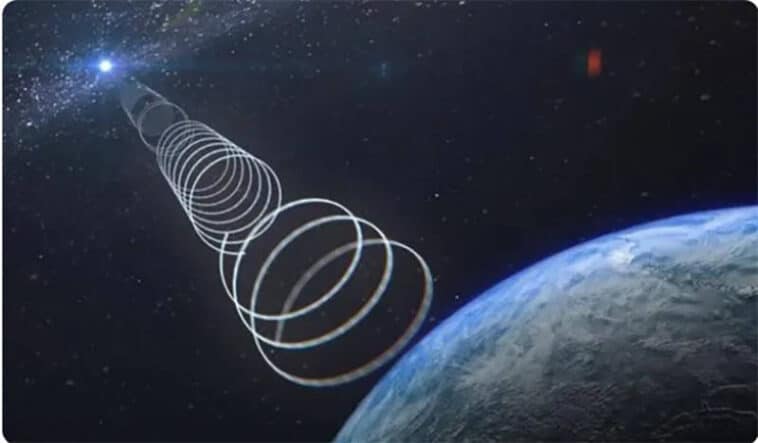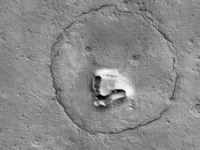According to reports, this radio wave can allow astronomers to go back in time and learn about the early universe. Scientists believe that the universe is about 13.7 billion years old.
This is the first time such a radio signal has been detected from such a great distance, and the Royal Astronomical Society announced the breakthrough in their monthly notice.
That’s equivalent to looking back 8.8 billion years, says cosmologist Arnab Chakraborty, a co-author of the radio-detection study.
However, the signal was not sent by aliens, but from galaxies that formed when the universe was only 4.9 billion years old.
A galaxy emits different kinds of radio signals, and until now, we’ve only been able to catch this particular signal from nearby galaxies, limiting our knowledge to those closer to Earth, Chakraborty said.
The detection of this wave is said to be a particularly critical discovery because the frequency is at a specific wavelength known as the “21 centimeter line,” also known as the “hydrogen line,” a spectral line of electromagnetic radiation with a frequency of 1420. .
Hydrogen gas is distributed throughout space and can help map galaxies, and the “21 cm line” is used to do just that.
Giant telescopes in India are able to pick up faint signals due to ‘gravitational lensing’.
“Gravity lensing” is a naturally occurring phenomenon that amplifies signals from distant objects, helping us peer into the early universe, researchers say.
It is reported that another galaxy bent the radio signal from “SDSSJ0826+5630” and then amplified the wave so that telescopes in India could pick it up.




GIPHY App Key not set. Please check settings